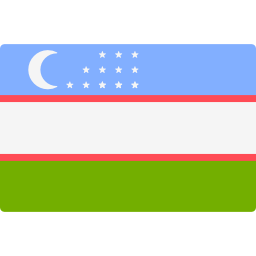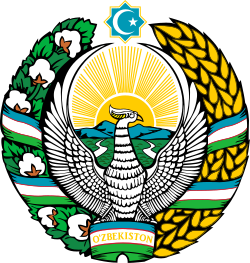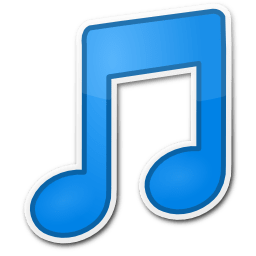TSUULL Admission Statistics
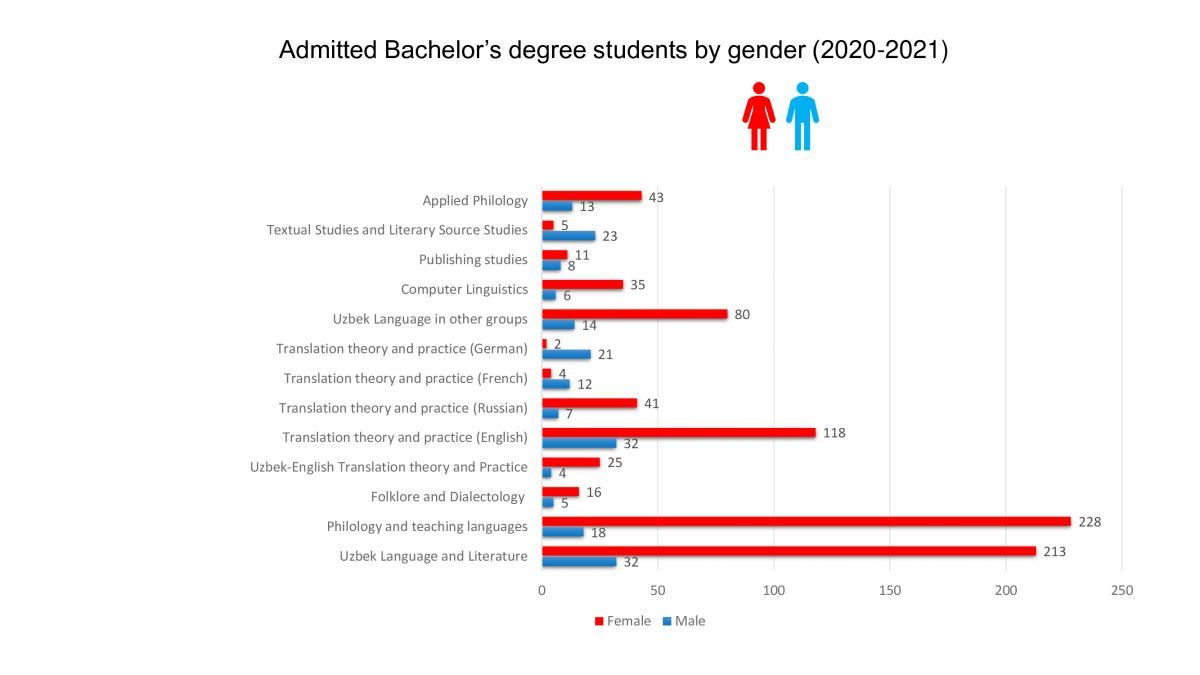
The graph shows the proportion of male and female students admitted to Alisher Navo’i Tashkent State University of Uzbek Language and Literature for 2020-2021 academic year.
Overall, It can be seen from the graph that more women than men applied for all directions. Although the Computer Linguistics direction was usually applied by men, due to the TSUULL program named “Encouraging women in subjects where they are underrepresented”.
It can be seen from the graph that the big number of students opted for Philology and teaching languages direction, female accounting for a massive 228, male being ten times fewer in number. The second big proportion is Uzbek Language and Literature direction, admitted female students are 218 and male students figuring for 32. The third famous direction among others is Translation theory and practice, again female students leading with 118 in total, only 32 male students were admitted to this direction.
Translation theory and practice (German,French)Textual studies and Literary Source studies disciplines were popular among male students, although in comparison with dominant directions this number pales in significance. The number of students of both gender was considerably lower in Translation theory and practice(Russian),Folklore and Dialectology and Applied Philology, accounting for around 40-50 students of both gender, women again leading in number.
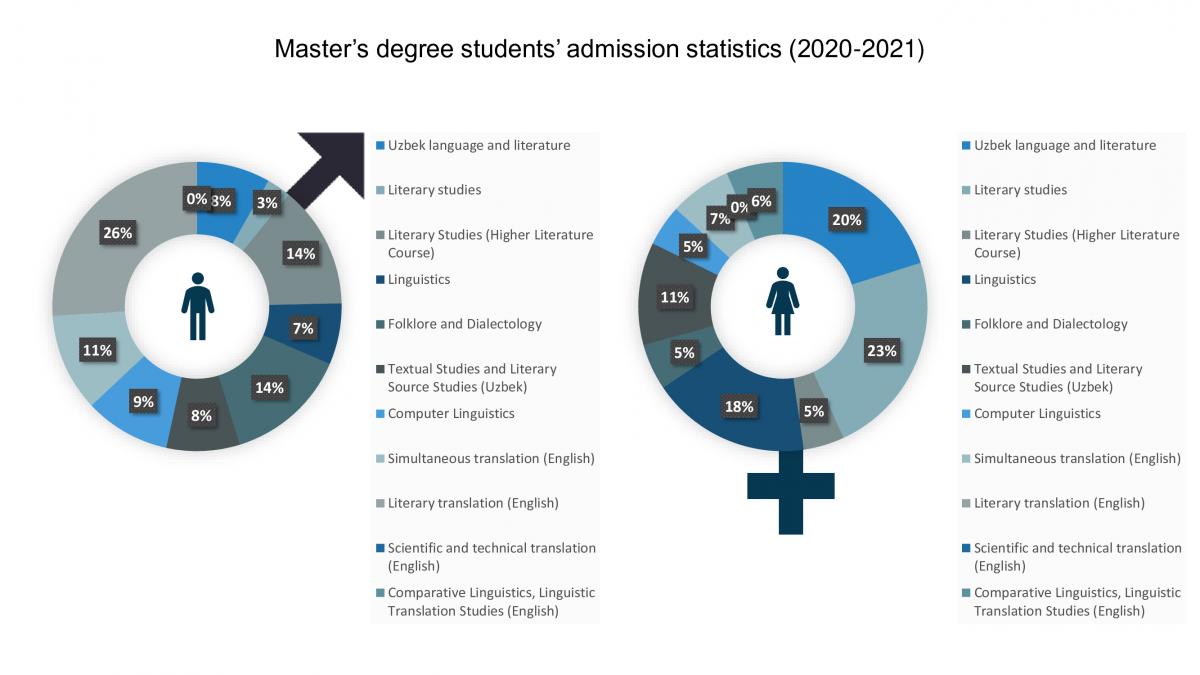
The graph above shows masters degree students admission by gender regarding 2020-2021 academic year. Overall, what stands out from the graph is that more women than men applied for master degree programs showing a bit higher numbers in comparison with previous academic year.
Literary studies learning as a dominant program has a big share among other directions among female students, accounting for a massive 23%. Uzbek language and literature was a bit more popular than Linguistics 20% and 18% respectively. The next significant number was caught in Textual Studies and Literary Source Studies (Uzbek) program, figuring for 11% in total.
In contrast, although fewer men were admitted to the masters’ degree program in the given year, the proportion was different in shares for programs. The biggest number was seen in Literary Translation master’s program where about 26% of male students were accounted for this category. Literary studies (Higher Literature Course), Folklore and Dialectology and Comparative Linguistics program masters’ degree students were similar in percentage, figuring for approximately 13% in total.

